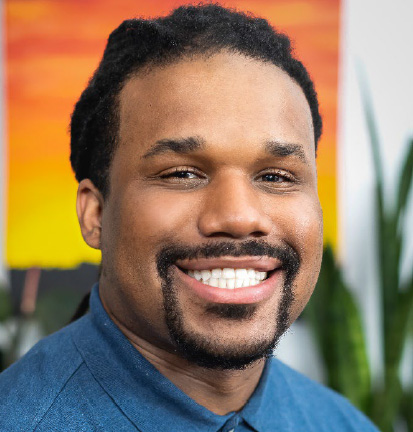Are you a hip-hop educator? Do you harness the elements of hip-hop to engage your scholars, spark authentic conversations and create a culturally responsive environment where every student can be themselves—vulnerabilities and all?
But what about the quiet ones? The scholars who aren’t the loudest in the room? That’s where the Cypher comes in—also known as the cogenerative dialogue, or “cogen.”
Chris Emdin, a leading voice in hip-hop education, characterizes cogens as the heart of classroom transformation. He writes, “The most successful cogens look and feel like hip-hop cyphers,” describing them as small group meetings—usually with four students and the teacher—held weekly and in secret. These students become the “special advisers of a ‘secret board’ ” that essentially helps guide and shape the classroom experience.
So, what exactly is a cogen, and how does it work?
What Is a Cogenerative Dialogue?
A cogenerative dialogue—or cogen—is a conversation between a teacher and a small group of students aimed at improving the classroom experience. It’s not a one-way feedback session or a complaint circle. It’s a collaborative, intentional space where everyone, teacher included, commits to being real, reflective and responsive.
Cogens are about equity, power-sharing and creating a classroom culture that centers student voice. Just like a hip-hop cypher, cogens require participants to show up, contribute, listen deeply and support one another.
The Rules of the Cogen Cypher
- Circle formation: everyone faces each other
- One mic: one voice at a time, respect the speaker
- Show up! Show out! come as your full self, in character
- Authenticity: speak truthfully, respectfully
- Affirmations: uplift each other’s contributions
- DJ – Vibe – Flow: set the tone, maintain the rhythm of the conversation
What Does a Cogen Look Like?
Cogens can take many forms, depending on the classroom vibe, the age group and the goals of the teacher. The key is flexibility, consistency and sincerity. You don’t need a clipboard and a rubric to start a cogen—just the willingness to listen and grow with your students.
Some cogens are spontaneous and playful. Others are structured and reflective. But all are rooted in mutual respect and the shared goal of making school better for everyone.
Let’s break it down into informal and formal types of cogens.
Informal vs. Formal Cogens
- Informal Cogens
Informal cogens often happen organically, in the flow of classroom life. They're rooted in play, spontaneity and joy. These are great for building trust, encouraging participation and inviting in the quieter scholars.
Examples of informal cogens:
- Zip Zap Zop: a fast-paced game that builds focus and connection
- Name game in a circle: learn about each other in fun, low-pressure ways
- Call and response vocabulary: reinforce key concepts through rhythm and repetition
- Rap Cheer and Grammys: celebrate learning with hip-hop-infused affirmations and shoutouts
These interactions might seem simple, but they lay the groundwork for deeper conversations and a culture of openness.
- Formal Cogens
Formal cogens are structured opportunities for feedback, reflection and dialogue. They’re intentional, planned meetings that give students a direct voice in shaping classroom practices.
Examples of formal cogens:
- Student circle with a questionnaire: guided prompts to reflect on class experience
- Student interviews: one-on-one conversations to dive deeper into individual perspectives
- Feedback forms: written reflections used to identify themes and concerns
- Cogen write and share out: students reflect on their experiences and propose changes
Formal cogens show students that their input isn’t just heard—it’s used. These sessions are where transformation happens.
Final Thought
Cogenerative dialogues are the soul of a culturally responsive, student-centered classroom. Whether you’re warming up the cypher with a call-and-response or sitting in a circle with feedback forms in hand, cogens invite everyone to be co-creators in the learning journey.
So next time you’re thinking about how to reach more students, deepen engagement or hear those quieter voices—step into the circle. The mic is waiting.
This is the ninth in a series of guest blogs by the 2024-25 Michigan Regional Teachers of the Year. Calvin Nellum is a science teacher at Detroit Academy of Arts & Sciences.

